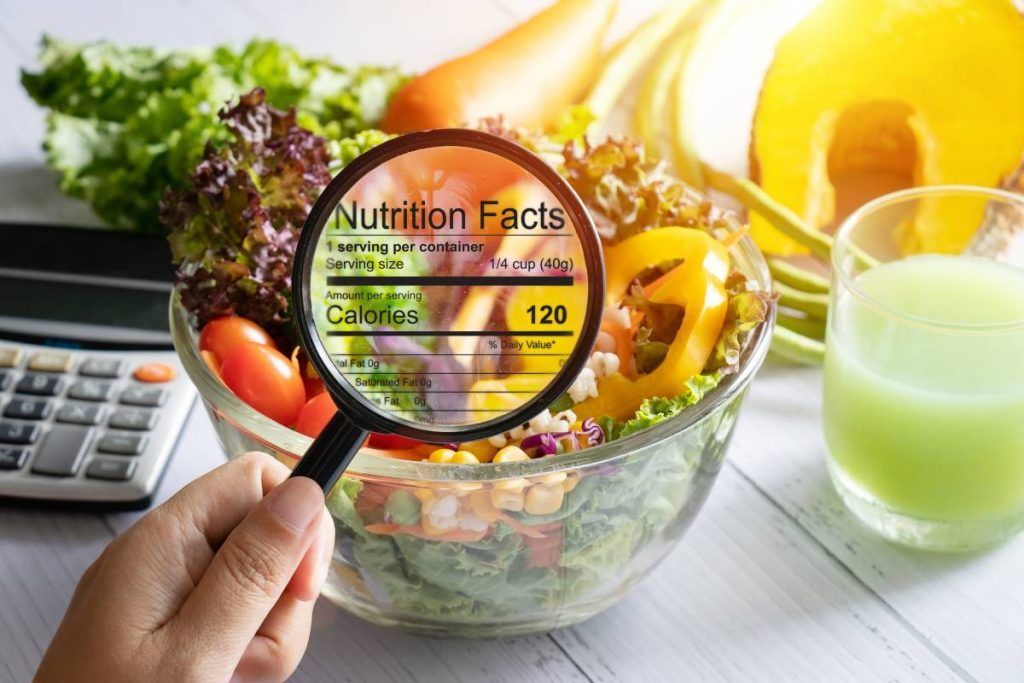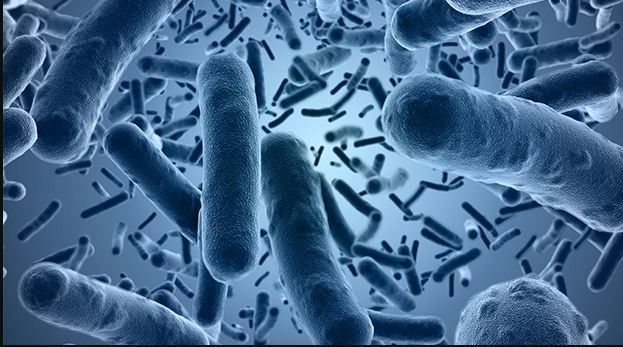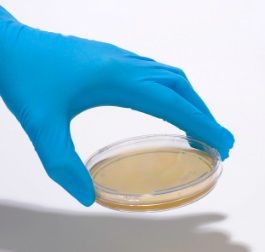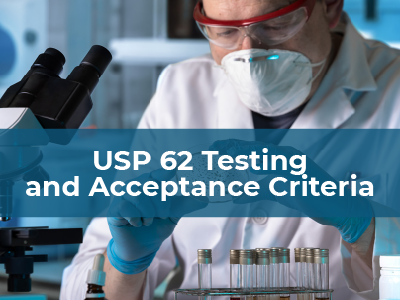






Pathogenic microorganisms are bacteria, viruses, parasites, and fungi capable of causing disease in humans when ingested through contaminated food. These microorganisms can multiply rapidly in the right conditions, posing significant health risks if consumed.
Common Pathogens Found in Food
Pathogenic microorganisms can contaminate food at various stages, including production, processing, handling, and storage. Common sources of contamination include.
Consuming food contaminated with pathogenic microorganisms can lead to foodborne illnesses, also known as food poisoning. Symptoms may range from mild discomfort to severe and life-threatening conditions. Common symptoms include nausea, vomiting, diarrhea, abdominal pain, fever, and dehydration.
For vulnerable populations, such as young children, the elderly, pregnant women, and individuals with compromised immune systems, foodborne illnesses can have more severe consequences, sometimes requiring hospitalization.
Preventing Pathogenic Contamination
Food safety measures play a crucial role in preventing the spread of pathogenic microorganisms in food. Some key preventive measures include:
Pathogenic microorganisms in food pose a serious threat to public health, and their presence demands strict adherence to food safety protocols. By understanding the sources of contamination and implementing preventive measures, we can protect ourselves and our loved ones from foodborne illnesses. Regular food testing and monitoring play a vital role in ensuring the safety of the food supply chain and safeguarding consumers from unseen threats on their plates. Sure-BioChem stands as your trusted partner in food microbiology testing. Our team's expertise, dedication to quality assurance, and farm-to-fork approach ensure the safety and well-being of your consumers. Embrace a safer culinary journey and build trust with your customers by choosing Sure-BioChem as your food safety guardian. Together, let's raise the bar for food safety standards and offer delightful culinary experiences with complete peace of mind.







Interested in Working with
Sure-BioChem Laboratories
Sure-BioChem Laboratories offers top-notch analytical testing for various industries. Our advanced lab and expert team ensure reliable, quality results. We're committed to excellence, helping clients meet high standards in environmental, food, and pharmaceutical testing.
Headquarters:
1000 Atlantic Avenue
Camden, NJ 08104
PHONE: 888-398-7247
Main Menu